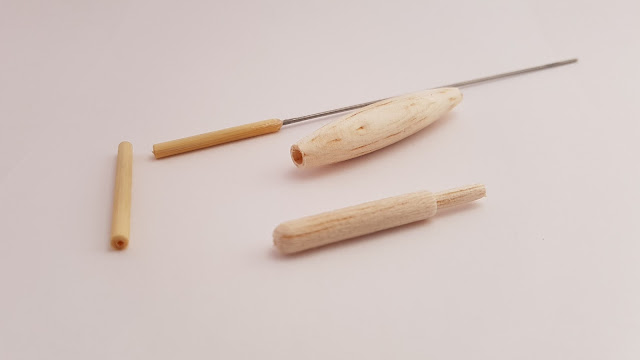In ‘Grayling’, published in 1968, and prior to that in an article the November 1963 issue of Creel (also captured in his anthology ‘Fishing Reflections’) Reg Righyni suggest the following key points for a perfect grayling float for trotting…
- Balsa body, an elongated avon body of 3 1/2″ in length, hand carved from 3/8″ block, incorporating a long tip for better visibility
- 20 guage piano wire stem, 4 1/2″ inches in length with the top inch inserted into the body
- the float should self-cock, with a shotting requirement of no more than ‘a single large shot’ to fully cock to the base of the tip
The 20 swg piano wire equates to 0.914mm, close enough to 1mm for me, but from what I could find piano wire is sprung steel. I tried it, it was shocking as a material for a float stem, easily bent out of shape and impossible to return fully to straight. 1mm stainless was infinitely better
The balsa body was also easily turned, although templated bodies with a 3mm internal bore required a little thought for the stem and tip. 5mm balsa dowel turned down fitted well, and 3mm cane with a 1mm concentrically drilled hole for the stem provided a secure mounting point….
The component parts (additional cane sleeve for the stem included)












